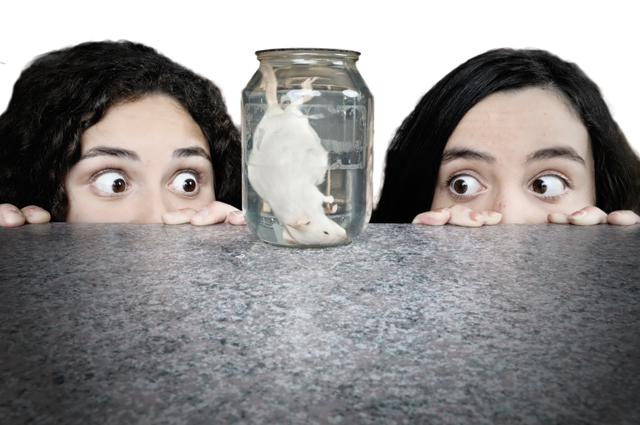16.0 Chapter Introduction
16
Treatment of Psychological Disorders

Treatment: Getting Help to Those Who Need It
Why Many People Fail to Seek Treatment
THE REAL WORLD Types of Psychotherapists
CULTURE & COMMUNITY Treatment of Psychological Disorders around the World
Psychological Treatments: Healing the Mind through Interaction
Humanistic and Existential Therapies
Behavioural and Cognitive Therapies
Medical and Biological Treatments: Healing the Mind by Physically Altering the Brain
THE REAL WORLD Treating Severe Mental Disorders
Antidepressants and Mood Stabilizers
TODAY WE’RE GOING TO BE TOUCHING a dead mouse I saw in the alley outside my office building,” Dr. Jenkins said. “OK, let’s do it, I’m ready,” Christine responded. The pair walked down to the alley and spent the next 50 minutes touching, then stroking, the dead mouse. They then went back upstairs to plan out what other disgusting things Christine was going to touch over the next 7 days before coming back for her next therapy session. Yes, this is all part of the psychological treatment of Christine’s obsessive-

THERE ARE MANY DIFFERENT WAYS TO TREAT PSYCHOLOGICAL DISORDERS AND TO change the thoughts, behaviours, and emotions associated with them. Treatments requiring a person to touch dead animals are not commonplace, but the variety and ingenuity of some of our current treatments are remarkable. In this chapter, we will explore the most common approaches to psychological treatment. We will examine why people need to seek psychological help in the first place, and then explore how psychotherapy for individuals is built on the major theories of the causes and cures of disorders, including psychoanalytic, humanistic, existential, behavioural, and cognitive theories. We also will look into biological approaches to treatment that focus on directly modifying brain structure and function. We will discuss whether treatment works, as well as how we know that treatment works. We will also look to the future by exploring some exciting new directions in the assessment and treatment of disorders using innovative technologies.